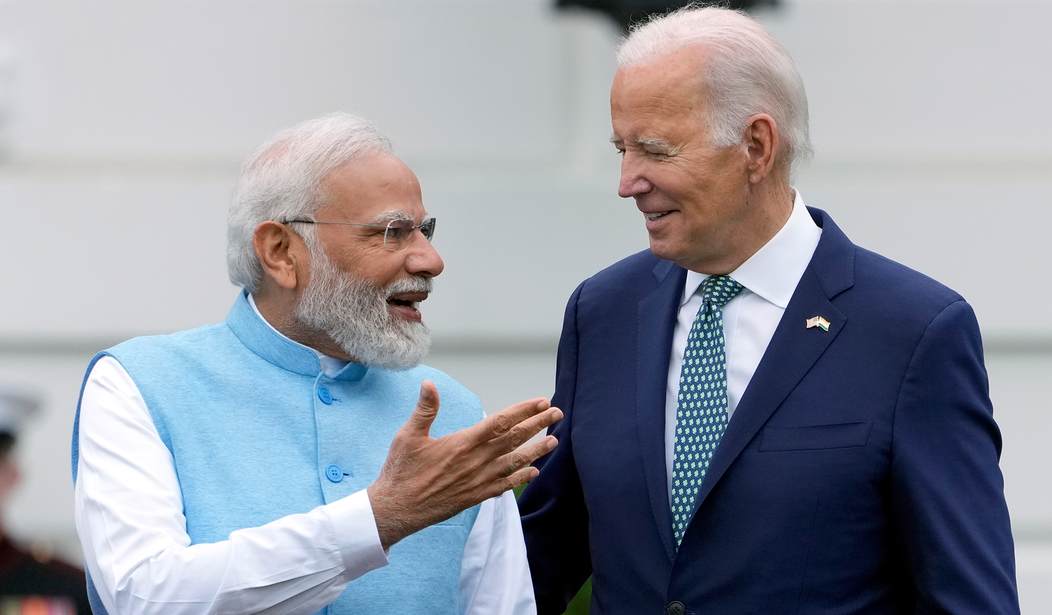Voting is nearly complete in the world's largest democracy. After six weeks of voting, the results will be counted and posted by Tuesday.
Six weeks may seem like a long time, but not when you consider the sheer size of India and the numbers of polling machines, poll workers, and ballots needed for the country's 969 million eligible voters.
There was a ban on the release of exit polls until today. The frenzy that the projected results set off points to a historic victory for Prime Minister Narendra Modi and his Bharatiya Janata Party (BJP). All three major polling outfits showed Modi's BJP crushing the opposition in a historic landslide.
All that's left is tabulating how big Modi's majority will be in parliament. Optimistic estimates give the BJP 401 seats in India's 543-seat parliament.
Congress Party, which governed India for much of its existence, has been reduced to coalition-building to gain power and influence. Congress and 30 other parties formed the Indian National Developmental Inclusive Alliance (INDIA). They are not expected to challenge the Hindu nationalists led by Modi.
There was some trepidation among Modi's coalition that his majority might shrink. He and the Hindus embarked on a scare campaign against the Muslim minority and the opposition to drive turnout. It has apparently worked.
Is there a chance the polls got it wrong? Historically, not much.
The opposition will hope that exit polls have got it wrong. There is a precedent. In 2004 pollsters forecast the ruling bjp-led alliance to win re-election, but were proven wrong by the Congress-led opposition recording a big upset. Yet such egregious errors are rare. A study published in the Economic and Political Weekly in 2021 estimated that 97% of pre-poll and exit surveys successfully predicted the winning party (or alliance) in elections held between 1998 and 2019.
One of the quirks of the Indian vote is the media mania about seat counts. Covering the Indian elections is not so much about reading tea leaves as it is about the voters' moods and attitudes. Unlike American exit polls, the Indian polls don't reveal much data about people's positions on the issues.
But in their obsession to project seats, India’s exit polls revealed few other details. There is little insight on voter behaviour: what are the reasons for the BJP’s projected stellar performance? How is the party, for instance, expected to perform among women voters? Or the poor? Such questions remain unanswered. But if there is one thing these exit polls reveal, it is that Indians continue to be very much in the mood for Mr Modi.
Modi has served 10 years as prime minister and has ruled during a time of polarization in India. Old hatreds have come to the surface on occasion, and Modi is blamed for that. Whether that's fair or not is hardly the point. The Hindus have felt threatened by Muslims, and that's not going to change no matter who is the prime minister.
But Modi's popularity is such that the BJP eschewed running on any kind of platform and ran using the smiling visage and enormous popularity of Modi. The criticism that he doesn't care enough about the poor and that too many in the middle class are being left behind as India's economy powers ahead never quite took hold.
Barring some kind of scandal, Modi will stay in power indefinitely.










